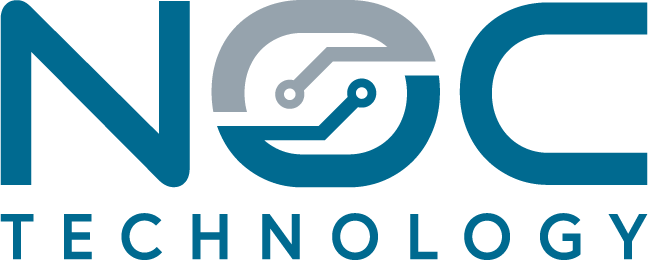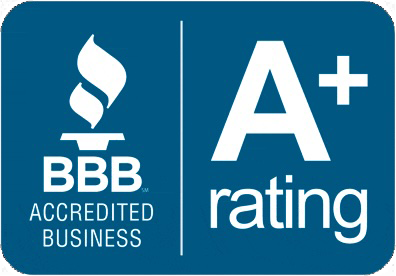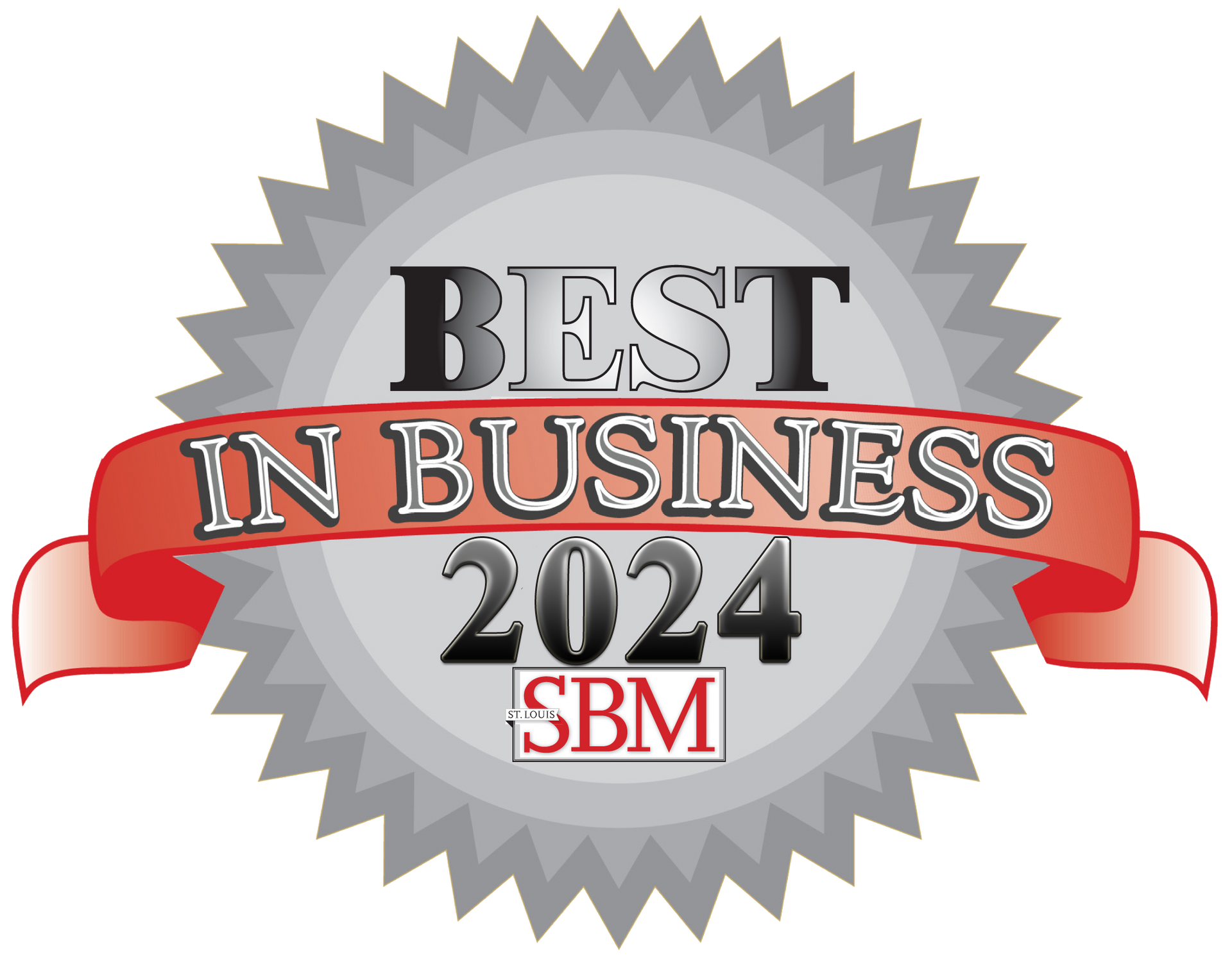Why Data Encryption is Essential for Small and Midsize Businesses
by Jon Lober | NOC Technology
Understanding the Importance of Encryption in Protecting Sensitive Data and Intellectual Property

Data encryption is a method of protecting sensitive information by converting it into a code that can only be read by authorized parties. It is an essential tool for small and midsize businesses (SMBs) to protect their sensitive data and intellectual property from unauthorized access and cyber threats.
Encryption works by using mathematical algorithms to scramble data so that it appears as random characters. Only those with the proper decryption key can read and access the data. This means that even if someone intercepts the data, they will not be able to read or understand it without the key.
There are different types of encryption, including symmetric, asymmetric, and hash-based encryption. Each type has its own strengths and weaknesses, and the best choice for a particular business will depend on their specific needs and the type of data they are trying to protect.
Benefits of Encryption
One of the biggest benefits of encryption for SMBs is that it helps to protect sensitive data and intellectual property from cyber threats such as hacking, phishing, and malware. Encryption is also important for compliance with regulatory requirements such as the General Data Protection Regulation (GDPR) and the Health Insurance Portability and Accountability Act (HIPAA).
Read: Why employee cybersecurity training is important to your business
Encryption is also important for SMBs because it helps to protect sensitive data in transit, such as when it is being sent over email or through the cloud. This ensures that even if the data is intercepted, it will be unreadable to unauthorized parties.
Another benefit of encryption is that it can help to protect against data breaches. If a hacker or unauthorized party gains access to a business's data, encryption can make it difficult for them to read or use the data, reducing the risk of a data breach and the damage it can cause.
In conclusion, data encryption is an essential tool for SMBs to protect their sensitive data and intellectual property from unauthorized access and cyber threats. It also helps to protect sensitive data in transit and to comply with regulatory requirements. Encryption can also help to protect against data breaches, a crucial aspect to keep in mind for any small or midsize business.




